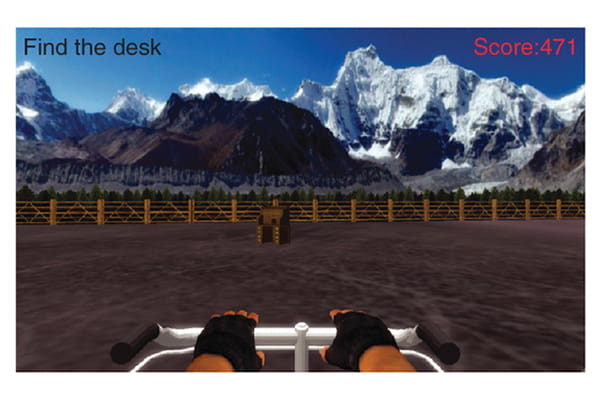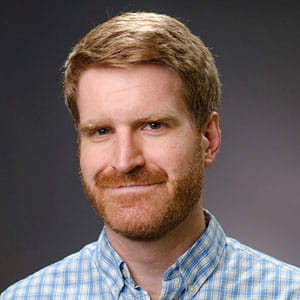Drexel Prof's Discovery of 'Brain's Own GPS' Named One of 2013's Top 100 Science Stories

Joshua Jacobs used to study computers, but they weren’t quite complex enough for his taste.
So he moved on to examining a much more complicated instrument: the human brain.
Jacobs, who studied computer science and artificial intelligence at MIT, is an assistant professor in Drexel’s School of Biomedical Engineering, Science and Health Systems. He investigates how and where the brain stores data, or memories.
“The brain can do things so much more sophisticated than what computers can do,” Jacobs said, and that’s what drew him to his new subject area.
And Jacobs and his lab are unearthing new information about how the brain works, enough so that one of his recent findings was listed among the top 100 stories of 2013 by the science magazine Discover in its January/February issue.
In a study whose results were published in August by the journal Nature Neuroscience, Jacobs and his colleagues identified a group of brain cells that humans use to form internal maps to help navigate spaces. Discover deemed the cells, located in the brain’s entorhinal cortex, “the brain’s own GPS.”
“We knew this region was involved in navigation, generally,” Jacobs said. “But we didn’t know how.”
Scientists already knew that other cells in the brain’s hippocampus, called place cells, help our brains remember particular spatial locations. But they didn’t know how those spatial memories were formed — at least not in humans. Other cells, called grid cells, had been identified in rats and other animals, and they recorded animals’ locations using a triangular grid system, allowing them to form those spatial memories stored in place cells.
Jacobs’ breakthrough was confirming the existence of those grid cells in humans. It was the 62nd most significant science story of the year, according to Discover.
He and his colleagues made that discovery with the help of hospital patients awaiting surgery for treatment of severe epilepsy. They had been implanted with brain sensors designed to track activity related to seizures — sensors that could allow researchers to record their brain activity while navigating. Because the patients couldn’t leave their hospital beds, they navigated around a virtual environment on a laptop computer.
Jacobs’ efforts to map out how the brain navigates are part of a broader scientific effort to better understand the brain’s architecture — an effort that could unlock clues about Alzheimer’s disease and other neurological disorders. Navigation, in particular, is a task strongly tied to memory, and it’s a skill that tends to diminish in older people and people with Alzheimer’s and other brain diseases.
“If we understand how this network works, we can understand how to improve brain function,” Jacobs said.
And that potential, he said, is more gratifying than recognition in the press, though he admitted the Discover ranking did brighten the holiday season for his mother.
“The reason I’m trying to do this,” he said, “is to improve the lives of people with brain diseases.”
In This Article
Drexel News is produced by
University Marketing and Communications.

